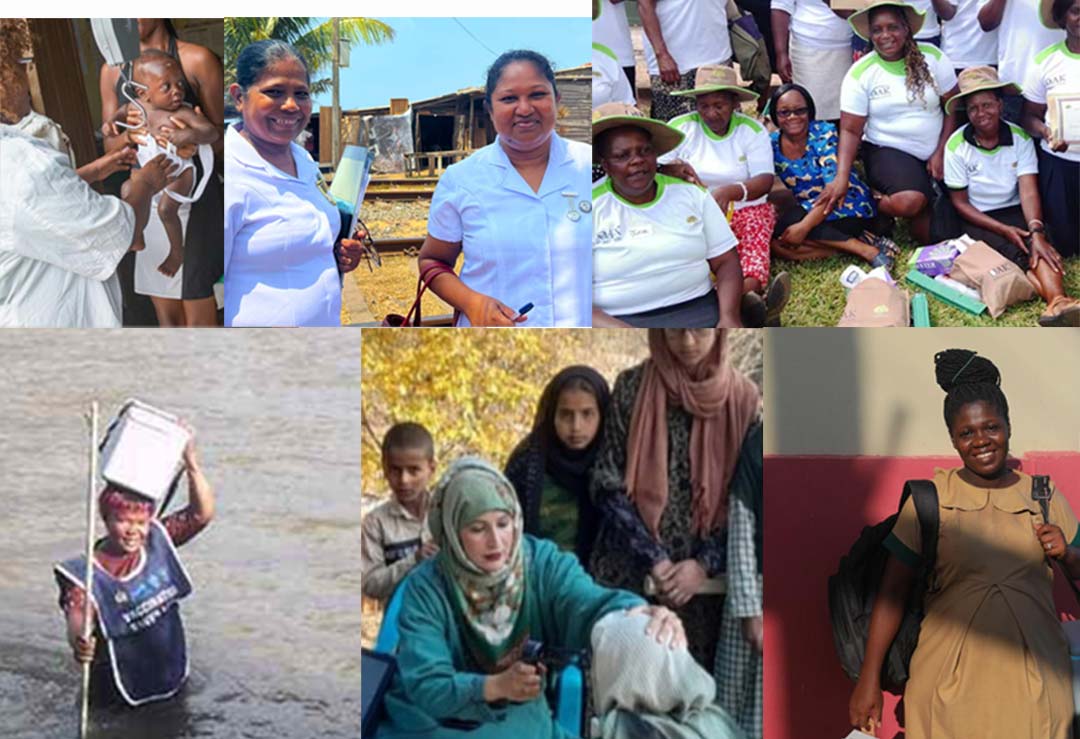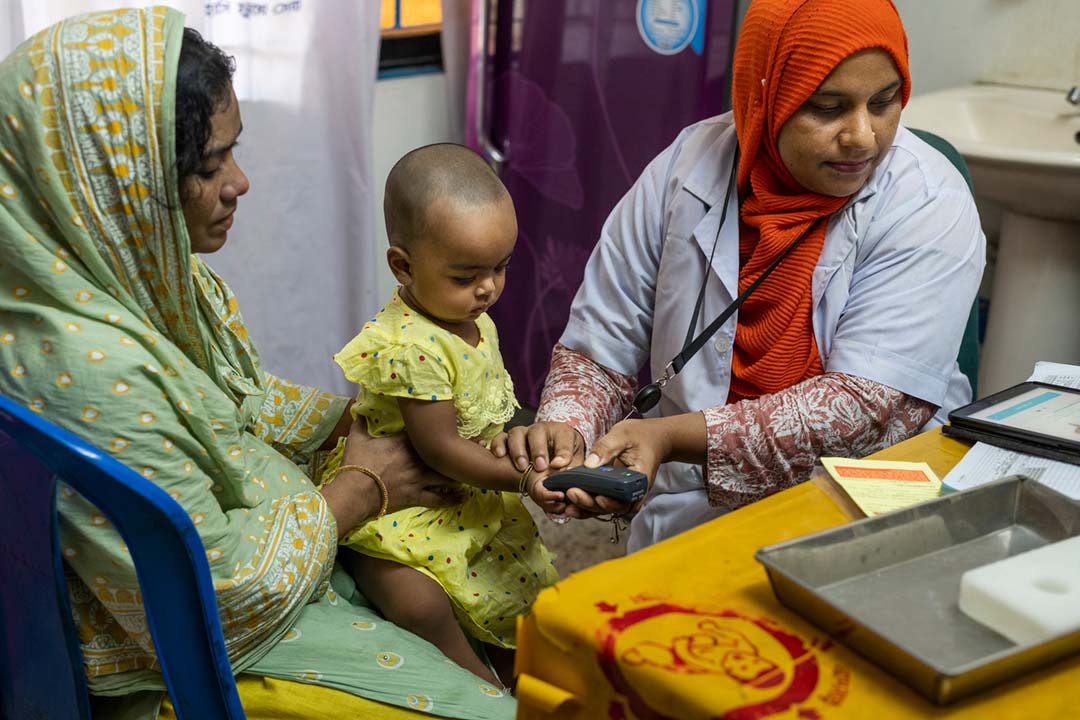Stormy weather: boat-borne vaccines ferry a dose of hope to the Sundarbans
In an ecosystem threatened by climate change, cyclones and COVID-19 have battered human health and livelihoods. Mobile healthcare is finding a way to navigate these intersecting crises.
- 28 April 2022
- 4 min read
- by Maya Prabhu , Benedikt von Loebell

Life in the Sundarbans is fragile. A drenched zone of islands, rivers, creeks, tidal marshes, and colossal mangrove forests at the confluence of three rivers in the Bay of Bengal, this is a unique ecosystem suspended in unstable equilibrium. It’s home, for now, to rare species like the Bengal tiger and the Irawaddy dolphin, but it’s also on the climate change frontlines, drowning by inches as sea levels rise, and vulnerable to the cyclones that come through frequently and fiercely. The threats are existential – as soon as 2070, scientists project, there will be no suitable tiger habitat left.
“If you get your doses, you will not have to visit hospitals to see doctors. Certain things have changed due to the vaccine. Our country is progressing.”
The Sundarbans’ human residents are far from immune. On the Indian side of the border – the delta straddles the India-Bangladesh frontier – some 4.5 million people live in dense and often hard-to-reach clusters, relying mainly on agriculture, fishing and forest products for survival. Amid erratic monsoons and the changing flow of the Himalayan headwaters, that way of life is increasingly squeezed.
Flooding is common, islands are crumbling permanently into the water, and the soil is getting saltier, making it harder and harder to grow food. The water’s salinity is increasing too, meaning that though there’s water everywhere, and there’s precious little to drink: according to a 2015 report, fewer than a third of households had access to piped water. As the water quality changes, fish die, another threat to food security.
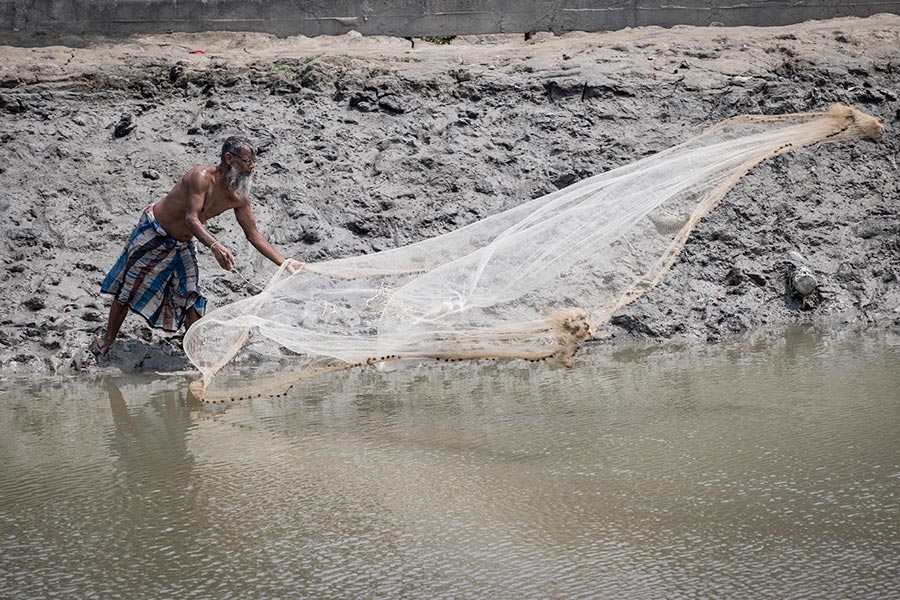
Gavi/2022/Benedikt v.Loebell
A 2013 report on the Indian Sundarbans found that more than half of children here were chronically malnourished, a higher proportion than the state and national averages. Given the established relationship between nutritional status and immunity, it’s perhaps unsurprising that the same report found that one in three kids had suffered an episode of respiratory illness in the two weeks prior to the survey. In the wider state of West Bengal, that figure stood at 13%. A 2016 study on health in the Indian delta region described childhood undernutrition as “concerning”, finding also that 60-64% of women surveyed were anaemic. On top of this baseline of public health vulnerability, healthcare infrastructure is thin, and many people here live more than a day by boat away from the medical care they might come to depend on.

Gavi/2022/Benedikt v.Loebell
Have you read?
In short, this is the last place on which you’d wish a disaster. But lately, disasters have been thick on the ground. “In villages, people couldn’t follow the COVID guidelines,” says nurse Apu Mandol, who works aboard a mobile boat clinic operated by the healthcare NGO SHIS, which serves remote communities. Infections rose. “Those infected by COVID would be isolated by all,” she says, “people wouldn’t touch or contact them. They didn’t let them use the tube-wells.”
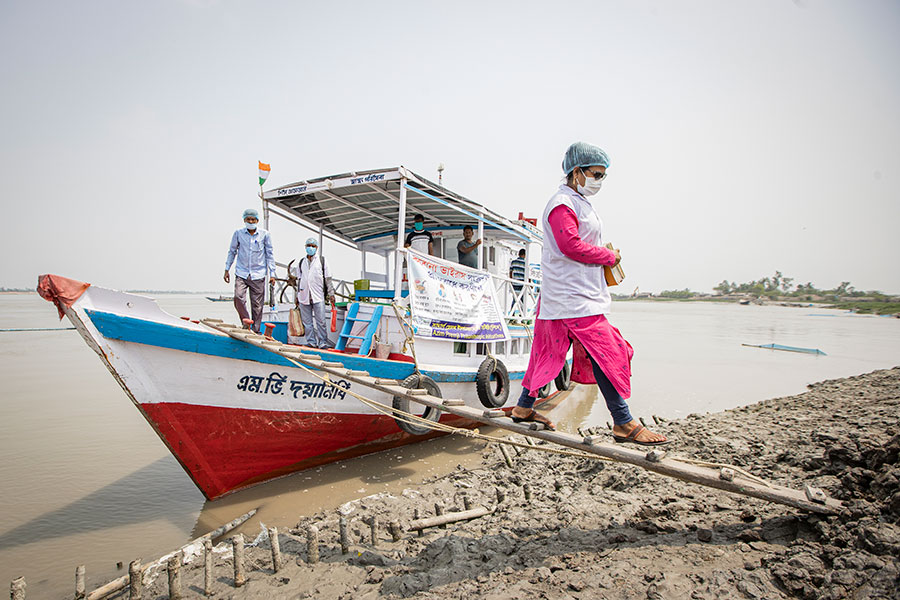
Gavi/2022/Benedikt v.Loebell
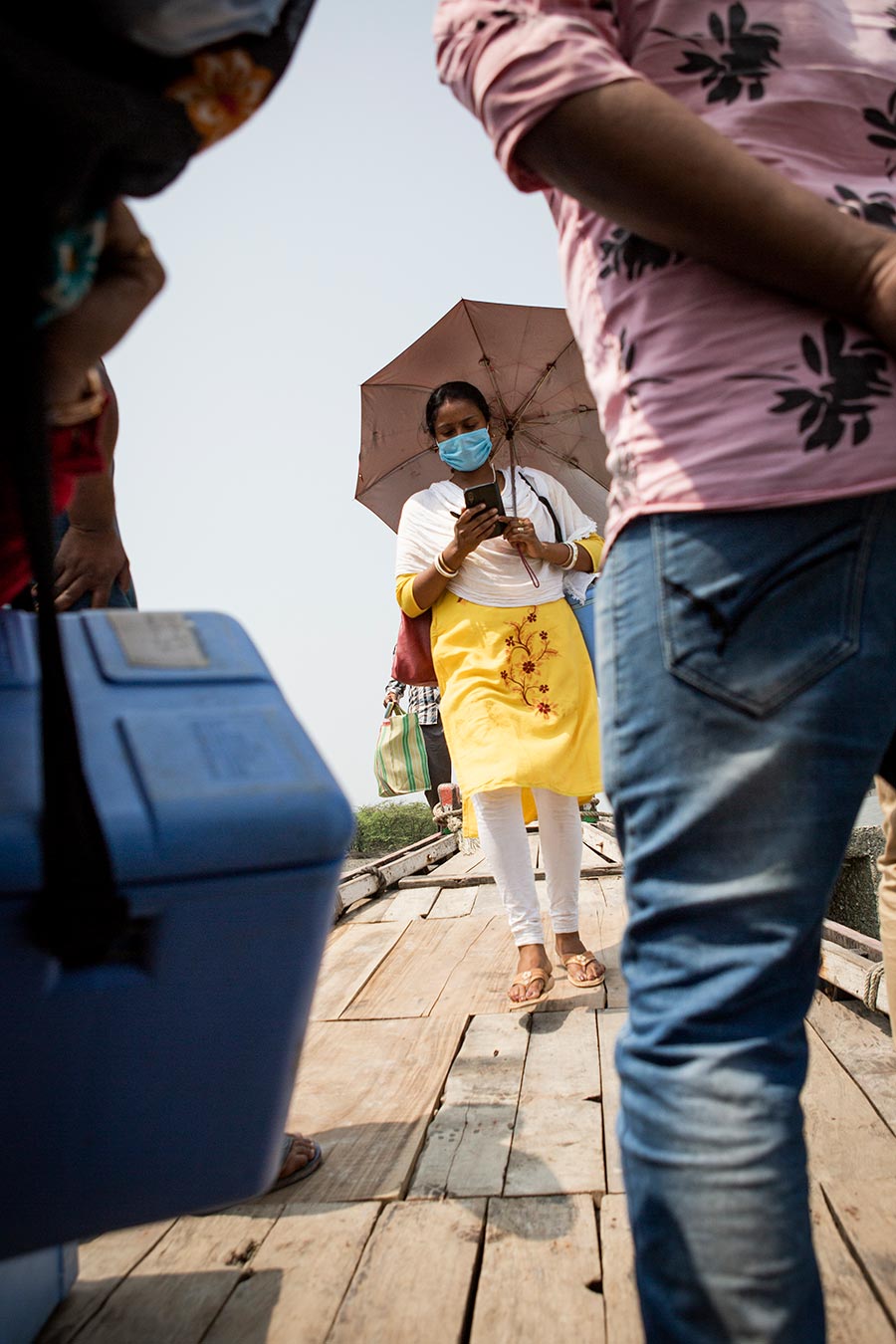 |
 |
The floating healthcare workers transport vaccines in blue insulated carriers.
Gavi/2022/Benedikt v.Loebell
“We health care workers faced the biggest problems,” says Mandol, who has been looking after the people of these islands and coastal strips for more than 20 years. “We worked without holidays. All 365 days, 24 hours.” But in May, cyclone Amphan hit, bringing fresh devastation, wrecking the boat launch.
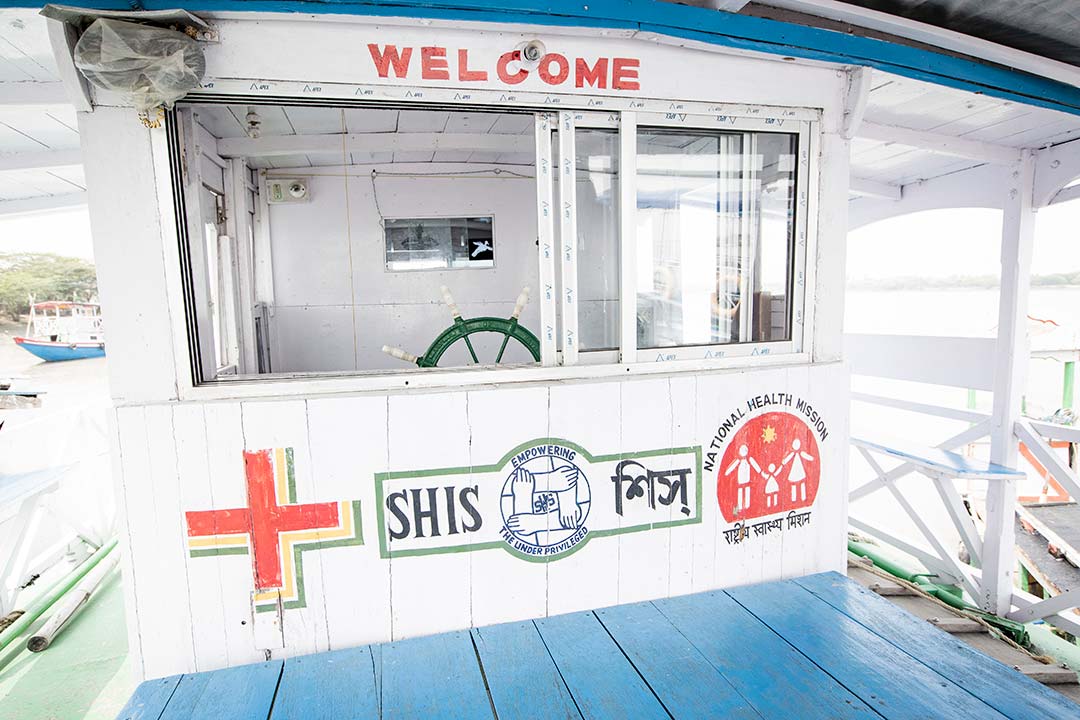
Gavi/2022/Benedikt v.Loebell
The small boats required by the narrow waterways were less steady in a storm than their heavier counterparts, and the threat of infection loomed. That didn’t deter the riverine health care workers. “Fear has always been there. But despite fear, we always worked,” Mandol says. “In villages there are aged, helpless people who cannot get adequate health care. When we reach out to them with our services, that person in pain feels relieved.”

Gavi/2022/Benedikt v.Loebell
Lately, the relief that nurse Mandol and her colleagues have delivered has often taken the form of lifesaving COVID-19 vaccines. “Initially people were terrified about taking vaccines. They were sceptical about its effects,” Mandol recalls. “During the second wave, people saw that vaccinated people are getting less infected. Even if infected, death rates are lower. Then, they got confident to take the vaccines.”
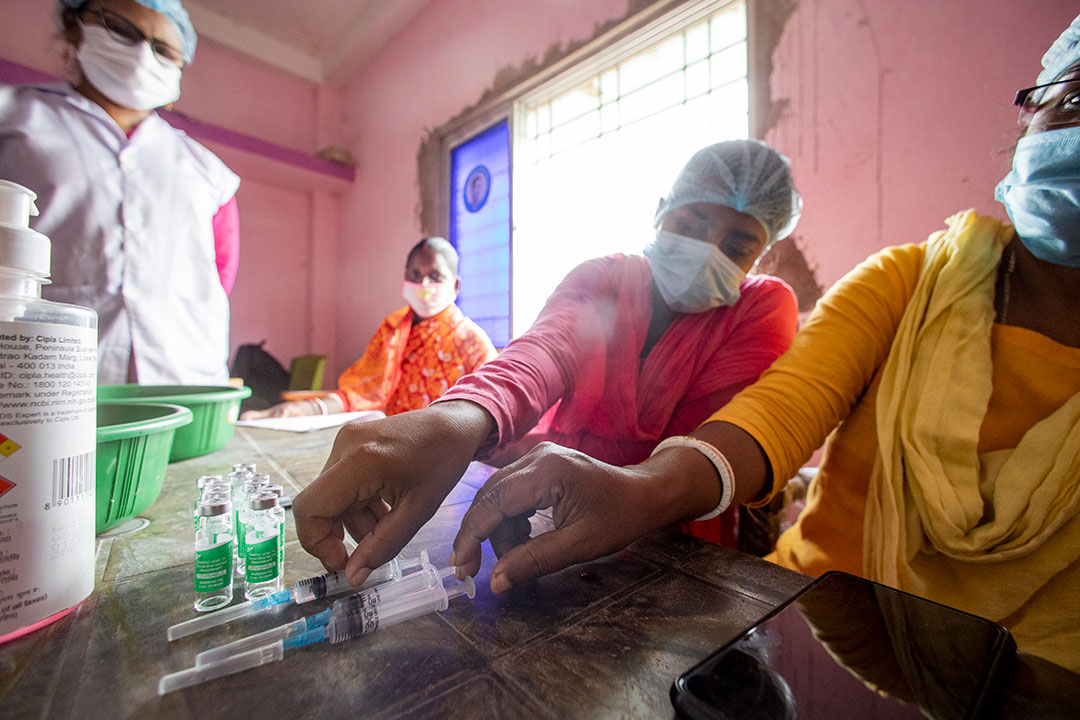
Gavi/2022/Benedikt v.Loebell
At times, the queues for the vaccine at distant villages have been longer than expected, and the health care teams have camped out overnight to meet demand. Their efforts are bearing fruit. “With vaccines, things are better now,” observes Mandol. “COVID isn’t here anymore.”
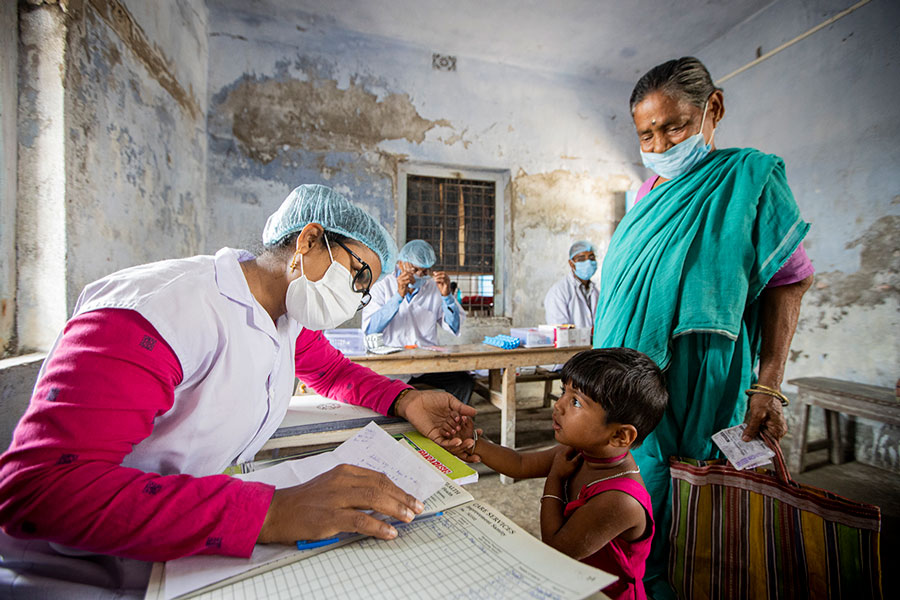
Gavi/2022/Benedikt v.Loebell
At a recent COVID-19 vaccination clinic, a dairyman named Umesh queued for his second dose of the Covishield jab. His own riverside village is far from any hospital, he said, but “If you get your doses, you will not have to visit hospitals to see doctors. Certain things have changed due to the vaccine. Our country is progressing.”

